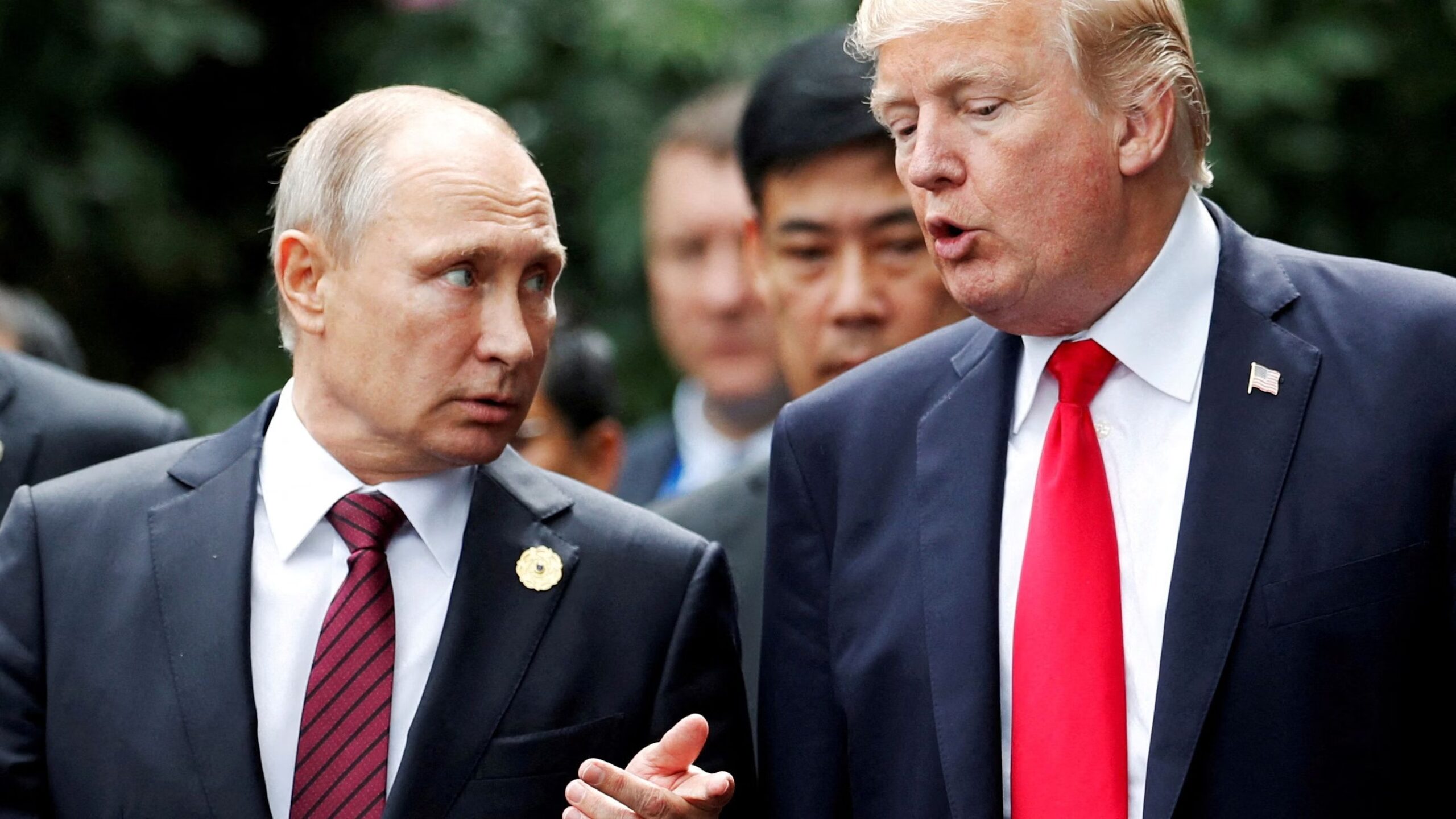
US Treasury Secretary Scott Bessent has signaled that Washington may increase secondary tariffs on India, depending on the outcome of President Donald Trump’s upcoming meeting with Russian President Vladimir Putin in Alaska this Friday.
Bessent told Bloomberg TV on Wednesday that the US had already imposed secondary tariffs on India for purchasing Russian oil, and hinted that the measures could be escalated if Friday’s talks fail to produce progress. Earlier this month, Trump imposed a combined 50% penalty—25% in secondary tariffs plus 25% in additional duties—on India for buying oil and weapons from Russia.
US Push for Russia-Ukraine Peace
The potential tariff hike comes as the US seeks to broker a ceasefire in the war between Russia and Ukraine. Trump warned Moscow on Wednesday of “severe consequences” if it refuses a peace deal. Friday’s meeting in Anchorage will focus on ending the conflict, with Bessent urging European allies to match US sanctions and support secondary measures.
India’s import of discounted Russian crude—now accounting for 35% to 40% of its oil supply compared to just 3% in 2021—has become a major sticking point in trade relations. Delhi insists its energy purchases are necessary to shield millions of low-income citizens from rising fuel costs.
Trade negotiations between the US and India have been ongoing for months, but Washington has criticized Delhi for not reducing duties on agricultural and dairy imports. Bessent described India as “a bit recalcitrant” on trade issues during a Fox Business interview on Tuesday.
Economic and Political Stakes
Trump has repeatedly accused India of unfair trade practices and is focused on narrowing the $45 billion US trade deficit with the country. The new 50% tariff rate, set to take effect on August 27, would make India the most heavily taxed US trading partner in Asia.
Experts warn this could hurt Indian export industries such as textiles and jewelry and reduce the country’s economic growth by up to half a percentage point. The next round of trade talks is scheduled for August 25 in Delhi, but the tariff escalation could overshadow those discussions.
What The Author Thinks
The US-India tariff clash is turning into more than just a trade dispute—it’s becoming a geopolitical pressure point. Linking sanctions on India to US-Russia diplomacy raises the stakes dramatically, and if Trump’s meeting with Putin goes poorly, Delhi may face a tariff wall that feels more like an embargo. While both sides might see leverage in playing hardball, the risk is that this economic fight spills over into strategic ties, making cooperation on defense, technology, and regional security much harder.
Featured image credit: Heute
For more stories like it, click the +Follow button at the top of this page to follow us.
